
Labor unions mobilize to challenge advance of algorithms in workplaces
The renewed drive to regulate AI could change how workers are exposed to AI in their jobs and complicate industry plans to roll out technology.

The renewed drive to regulate AI could change how workers are exposed to AI in their jobs and complicate industry plans to roll out technology.
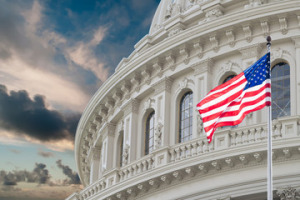
Federal employees can display religious items at work, pray in groups while not on duty and encourage co-workers to adopt their faith, according to guidance released Monday by the Office of Personnel Management.

Corporations and employment lawyers were closely watching the case because many think the ruling could result in more workplace discrimination claims by members of majority groups.

Industry experts told IBJ that employers should consider legal guardrails, equity concerns, workload and external financial support when deciding whether an internship program will be compensated.
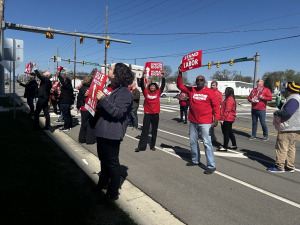
Arbitration, which would bring in a third party to settle labor disputes between a union and employer, isn’t an issue they’re willing to compromise on, workers said.

Elon Musk’s unusual demand has faced resistance from several key U.S. agencies led by the president’s loyalists, including the FBI, State Department, Homeland Security and the Pentagon

Last week, some firings in the Energy Department were also initiated, then paused, after they sparked alarm about the effect on nuclear defense programs.

The layoffs were part of a Department of Government Efficiency purge that targeted about 2,000 Department of Energy employees.

Many companies inside and outside of the technology industry have abandoned or scaled back their diversity, equity and inclusion, or DEI, programs.
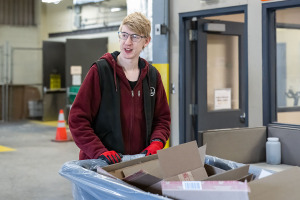
The state has for several years been moving toward competitive integrated employment, in which people with disabilities work alongside non-disabled people for the same wages and benefits.

Indianapolis-based OneAmerica Financial, the city’s largest private company, announced Wednesday that it will raise its minimum pay rate to the equivalent of $22 per hour for all full-time employees by March.

Across Indianapolis city-county government, 166 employees earn less than $18 an hour, the benchmark that some groups consider a living wage, including the city’s economic development arm.
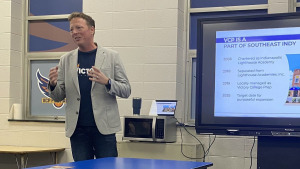
The school hired an outside law firm to investigate whether Ryan Gall’s 2022 email “was part of a pattern of behavior or a regrettable lapse of judgment made in a moment of time,” according to the Victory College Prep board.

Broadly speaking, the $4.22 billion in untapped economic potential falls into two categories: workplace disruptions—such as worker absenteeism and employee turnover—and lost tax dollars from unearned wages.

In the Indianapolis area, some firms continue to operate remotely and say they wouldn’t have it any other way. Others, though, say their companies run better when employees are in the office at least some portion of the week.

Information is the key to a confident and successful negotiation for both sides, experts say.
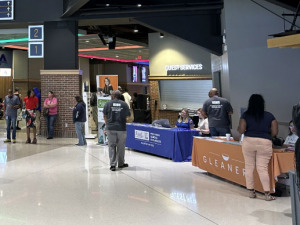
Several counties across the state are working to help Hoosiers clear their records and reinstate their driver’s licenses, using expungement and driving restoration laws like those passed in many states to help residents get their lives back on track.

Reduced hours in the summer months can also enable smaller businesses to stand out to prospective employees in a competitive talent marketplace.
It’s no secret that golf builds business connections unlike anything else.

Technologies that were adopted to help employees connect to their managers and colleagues remain in place regardless of whether people are working remotely or from the office. As a result, workers are more connected than ever and often feel pressured to respond at all hours.